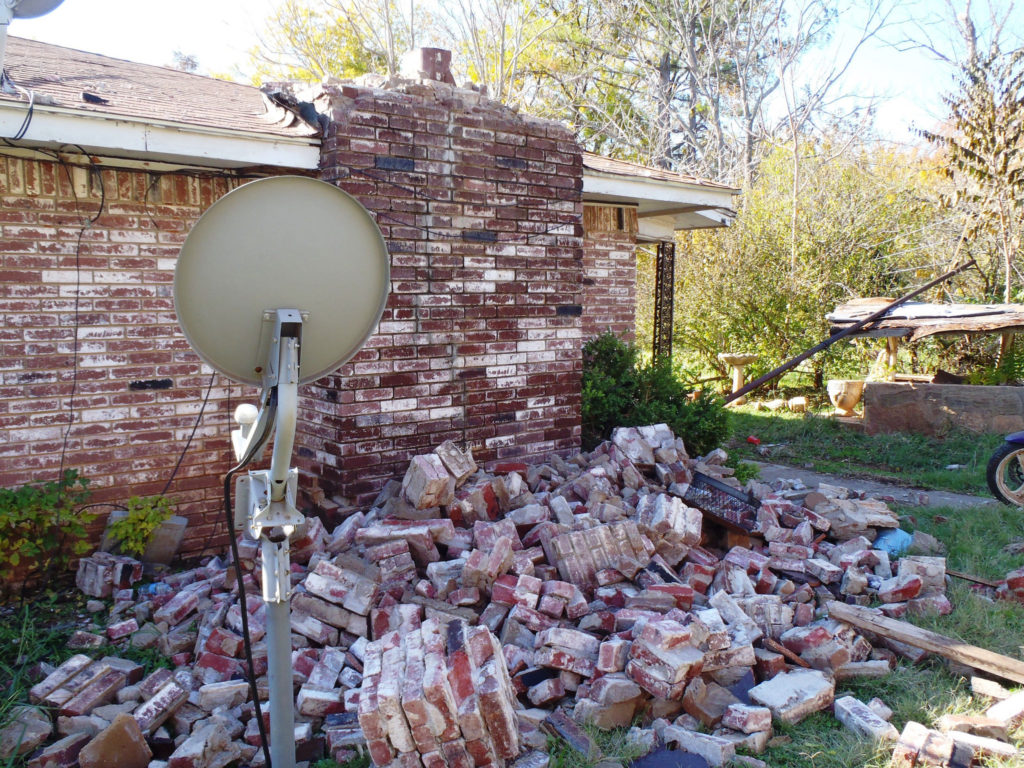
The expanded use of injection wells and fracking has brought about a significant increase in earthquakes in places that didn’t have very many before. Wastewater injection in Oklahoma increased earthquake totals from dozens per year to over 900 in 2015 before collapsing oil prices reduced the use of the technique. Increased earthquakes in Alberta, Canada were triggered by fracking in that area.
A recent study by researchers at UC Santa Cruz analyzed data from around the world on earthquakes clearly associated with injection wells. The unexpected result is that a single injection well can cause earthquakes at distances more than 6 miles from the well. In addition, the study found that injecting fluids into sedimentary rock can cause larger, more distant earthquakes than injecting into the underlying basement rock.
The latter result is a real problem because the prevailing wisdom is that injection should target sedimentary rock because it should be safer than injecting into the basement rock.
The mechanism for the quakes appears to be that when water is injected into the ground, it pushes on the surrounding rock and creates elastic stress, which can put pressure on faults from a distance without even putting water into those faults.
The findings of the study help explain the extent of induced seismicity in places like Oklahoma where there are many injection sites in oil and gas fields. Oklahoma now has more earthquakes each year than California. The study did not even include sites in Oklahoma because there are so many injection wells that it is not possible to isolate the effects of individual wells.
Pumping liquids into the ground is a dangerous business.
**********
Web Links
Injection wells can induce earthquakes miles away from the well
Photo, posted February 27, 2015, courtesy of the U.S. Geological Survey via Flickr.
‘Earthquakes and Injection Wells’ from Earth Wise is a production of WAMC Northeast Public Radio.
Leave a Reply